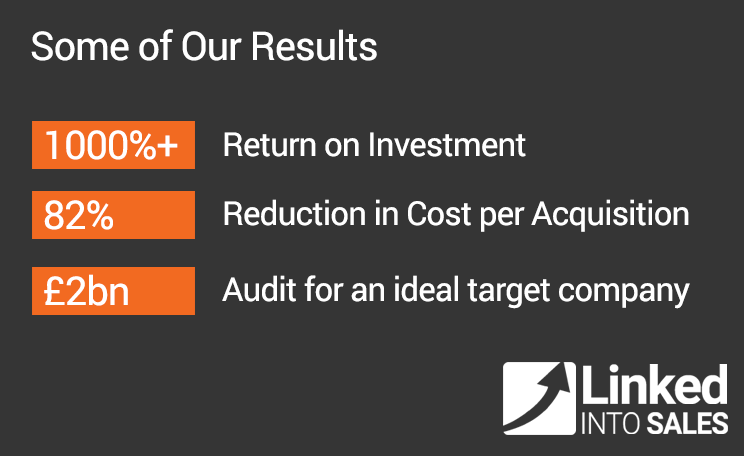
Sales Navigator is a sales and marketing tool that sits on top of LinkedIn and provides sales professionals (and others) with a different view of LinkedIn. It can be a real game-changer for those looking to generate new business on LinkedIn. With its advanced search filters, features for organising, and sales intelligence it can be a highly effective tool for prospecting. However, you need to learn how to use it properly.
1. Learn the Features

Sales Navigator is a tool though that does not come with an instruction manual. Many find it “unintuitive”, “clunky” and “frustrating”. There is no getting around it, it’s not straightforward to use, but with the proper set-up and strategies, it can provide amazing returns.
It takes time to learn and requires implementing effective strategies for success. Just having Sales Navigator will not deliver results. It’s a fantastic tool but knowledge, but you need to invest time or money to learn how to use it.
To help with this, I have created a Free Sales Navigator guide called ‘Sales Navigator: The A-Z’. Within the guide, you’ll find 150+ definitions of elements that are in Sales Navigator. In addition, there are 20 spotlight pageswhich go into detail of the main features with tips on their use. The purpose of the guide is to act as a learning and reference guide for Sales Navigator users. I use it myself!
2. Set up the Systems and Implement the Strategies

Systems
Once you have learned about the features and how they work, the next step is to set them up in Sales Navigator for your particular circumstances. You will want to bring your existing world into Sales Navigator (Clients, Pipeline, etc) and make sure you’re connected to all of them. You will want to set up searches to identify the best prospects. The group of contacts most likely to buy from you.
The goal is to create a structure that helps you to organise, build and strengthen your relationships with your existing clients and future clients. You will want to create a structure that helps you to easily identify and follow up with those you need to follow up with. Without this structure, you will miss opportunities and all your efforts will be less effective.
Implement the Strategies
There is no doubt that LinkedIn is no longer just a place to update your CV. It’s a platform for creating content, networking, learning, and so much more. LinkedIn is the hub for professional people to hang out, learn and grow.
Within this hub, there’s an opportunity to promote yourself, generate awareness, create interest, add value and insights and win new business. Through creating content, messaging and commenting there’s an opportunity to create a system that consistently delivers targeted leads. With Sales Navigator at the centre of the system, there’s an opportunity to generate fantastic returns from LinkedIn.

Conclusion
Sales Navigator when used to its full potential is a massive help when prospecting. Not only can you find exactly who you’re looking to reach out to, but you also get help from Sales Navigator with how best to engage, you can bring your own insights into it, and it’s great for organising too.
That said, there is no getting away from it, to set up and use Sales Navigator effectively, you need to invest time (and or money) to learn how to use it. It’s an investment for you and your company. Buying a licence is all very well, but if you don’t know how to use it and it is not set up fully for your circumstances, your ROI will not be high. Start learning today.



